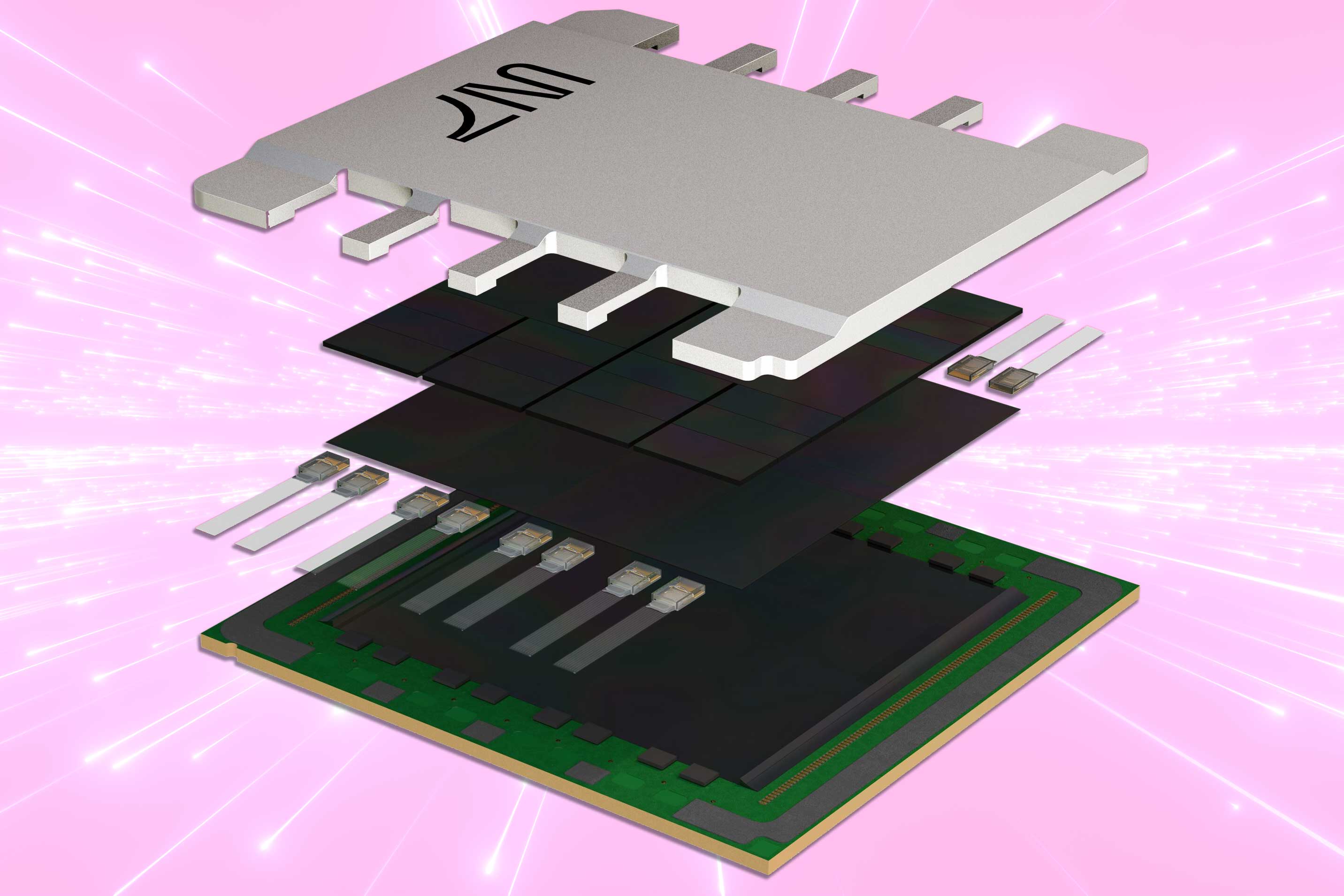
This is just one of the stories from our “I’ve Always Wondered” series, where we tackle all of your questions about the world of business, no matter how big or small. Ever wondered if recycling is worth it? Or how store brands stack up against name brands? Check out more from the series here.
Listener Mike Sealander from Brooklin, Maine, asks:
The last four laptops I’ve purchased have all cost around $2,000. They have been workstation substitutes: fairly good machines for running [computer-aided design] programs. The quality of each successive laptop has improved, seeming to corroborate the view that innovation drives down the cost of technology. But it’s interesting they have all cost the same amount. Is pricing in the tech industry based on what the consumer will pay, not what it costs to produce the widget?
Inflation has dominated the economic headlines as it reached four-decade highs. Consumer prices rose at an annual pace of 8.3% in August. Computers, however, generally belong to a category known as disinflationary goods.
“That means they actually get cheaper over time,” said Avi Greengart, president and lead analyst at Techsponential. “As engineers and scientists make the technology better and add that new technology to your new laptop, what that ends up meaning is that prices appear stable.”
For high-end mainstream laptops, you’re looking at a price point between $1,000 and $1,500. Some sophisticated machines with large data storage capacity and better graphics can even go beyond the $2,000 range. However, Greengart added, most people still buy laptops under $800, while many school districts that buy computers in bulk are going for $200 Chromebooks.
So buying a high-quality laptop will cost more, but prices for products in the same tier tend to hover around the same range over time, noted Carolina Milanesi, president and principal analyst at Creative Strategies.
Greengart explained that computer pricing is disinflationary because it adheres to Moore’s Law, named after Intel Corp. co-founder Gordon Moore, who described how advances in semiconductor technology reduce the cost of computing power.
“Engineers and scientists are able to cram more transistors on a chip over time,” Greengart said.
“Making those chips smaller creates bigger, better yields, which allows them to actually keep the price the same or lower it with more performance over time,” he added. “Generally speaking, these products get better and cheaper over time. And so manufacturers try to move you up in capability so that you’re still spending the same amount of money.”
Tom Mainelli, group vice president of device and consumer research at IDC, pointed out that the PC market is very competitive.
“If somebody prices their product dramatically higher than a comparable product, they may have a hard time selling,” he said.
The pandemic and tech spending
Experts have noticed that the pandemic, and how it drove people away from offices and other gathering places, altered some consumer spending habits.
For example, you might need a better webcam, Greengart said, thanks to remote work and limits on face-to-face interaction. And some consumers have gravitated to higher-end laptops for their gaming capabilities.
Leading up to the COVID-19 crisis, Milanesi said, consumers tended not to stray above the $1,000 price point and hadn’t upgraded their PCs for years.
“The computer was something that was maybe in our home office or in our bedroom. We would go to it to do tasks like our taxes or things that weren’t necessarily exciting,” Milanesi said. “And then during COVID, we started to do more, both from an entertainment and a productivity perspective.”
Because people were staying at home, not traveling or eating out, they figured they needed a new computer to make the most of their restricted lifestyle, Mainelli of IDC said.
Early on in the pandemic, Greengart said, there were supply constraints on graphics cards, which hindered the availability of computers. But that trend has reversed in the last six to 12 months because the cryptocurrency crash has freed up the supply of these cards.
“We’re now seeing much better supply and lower demand,” he said. “A lot of purchases that would have been made in 2022 or 2023 were made in 2020 and 2021 out of necessity, so it’s a lot easier to find a laptop.”
The global chip shortage led some companies to raise the price of their products by up to $50 back in the first half of 2021, The Wall Street Journal reported. The consumer price index for computers, peripheral equipment (like monitors and printers) and smart home assistant devices shows that prices inched up from the start of the pandemic to the beginning of 2022, and they’re now dropping.
Milanesi said vendors were cautious about supply during the pandemic and didn’t want to alter prices that much — so they just opted not to have certain computers in stock.
“What you did see was that consumers were buying what was available,” she said.
Mainelli of IDC echoed that point, saying that average selling prices can be deceptive since during the pandemic, people were buying nicer PCs than they may have three to five years ago.
In other words, it’s not that manufacturers raised the price of a $500 computer to, say, $1,000. It’s that consumers purchased those $1,000 computers for the reasons mentioned above — limited availability at the low end and the desire to work and play on more capable machines while they were stuck indoors.
“If you’re a PC vendor, and you’re like, ‘Well, I can only make 100 laptops. Should I make 100 of the cheapest laptops or 100 of my more expensive laptops?’ You can guess what their answer will be,” Mainelli said.
There’s a lot happening in the world. Through it all, Marketplace is here for you.
You rely on Marketplace to break down the world’s events and tell you how it affects you in a fact-based, approachable way. We rely on your financial support to keep making that possible.
Your donation today powers the independent journalism that you rely on. For just $5/month, you can help sustain Marketplace so we can keep reporting on the things that matter to you.





